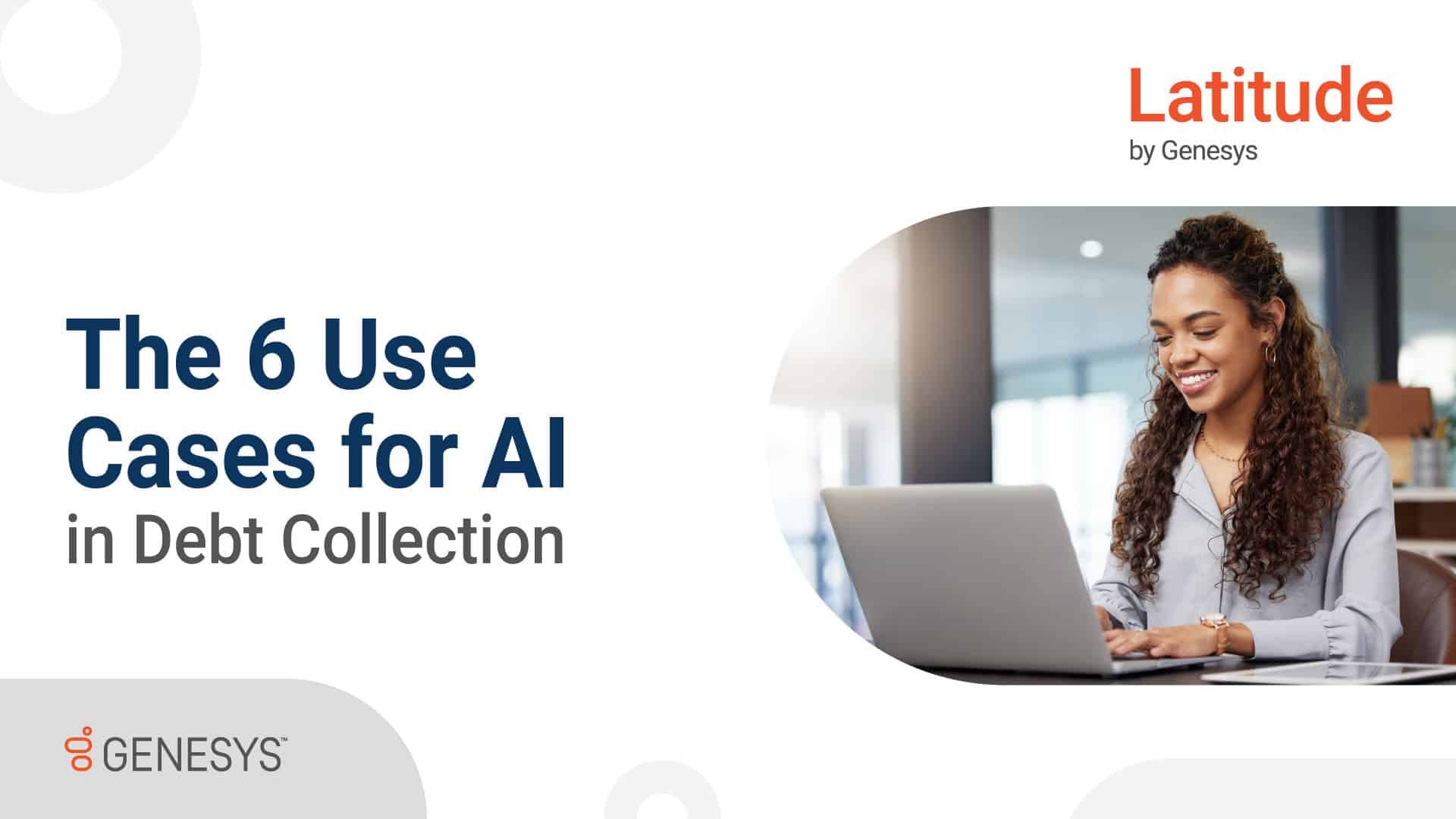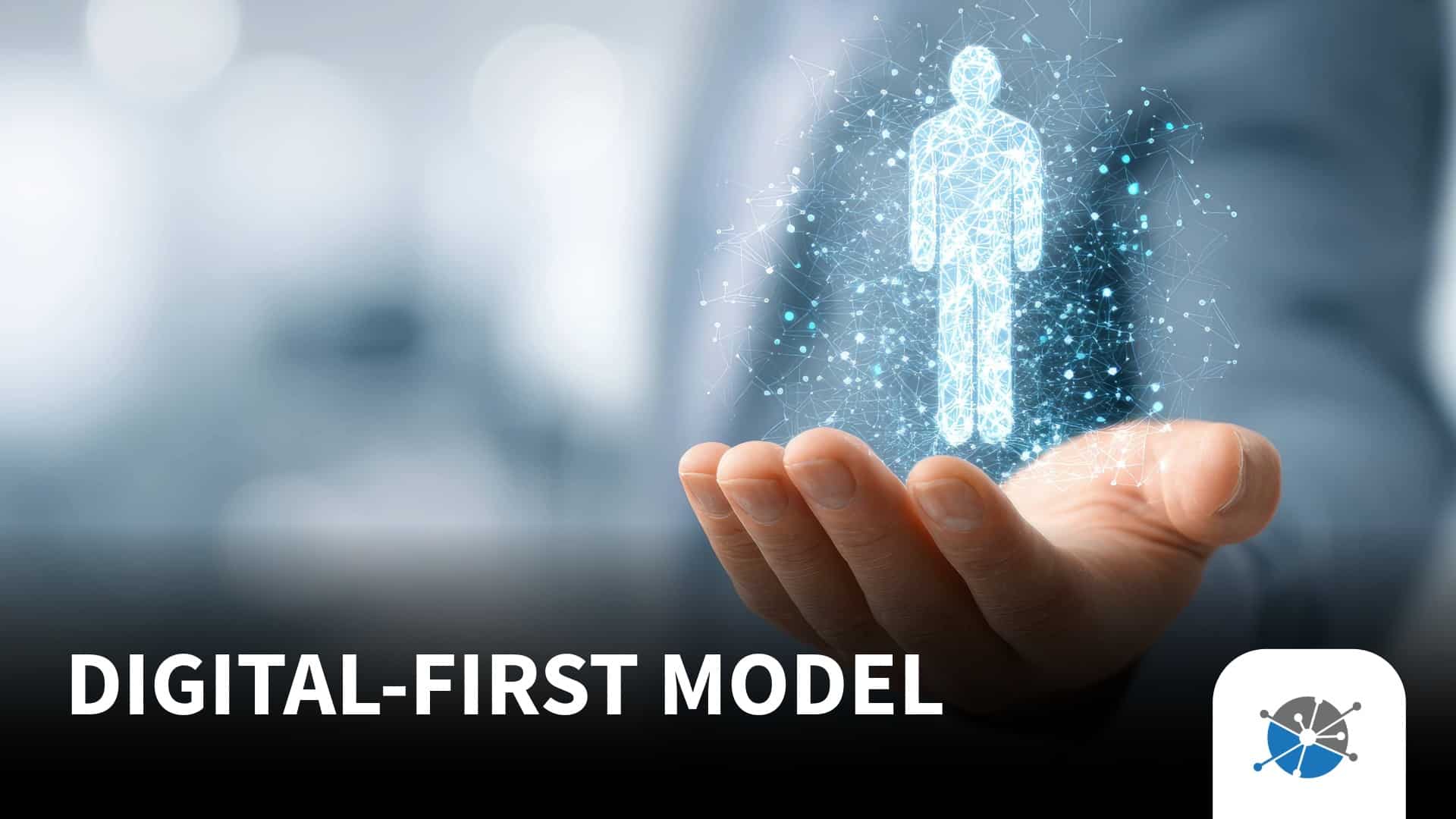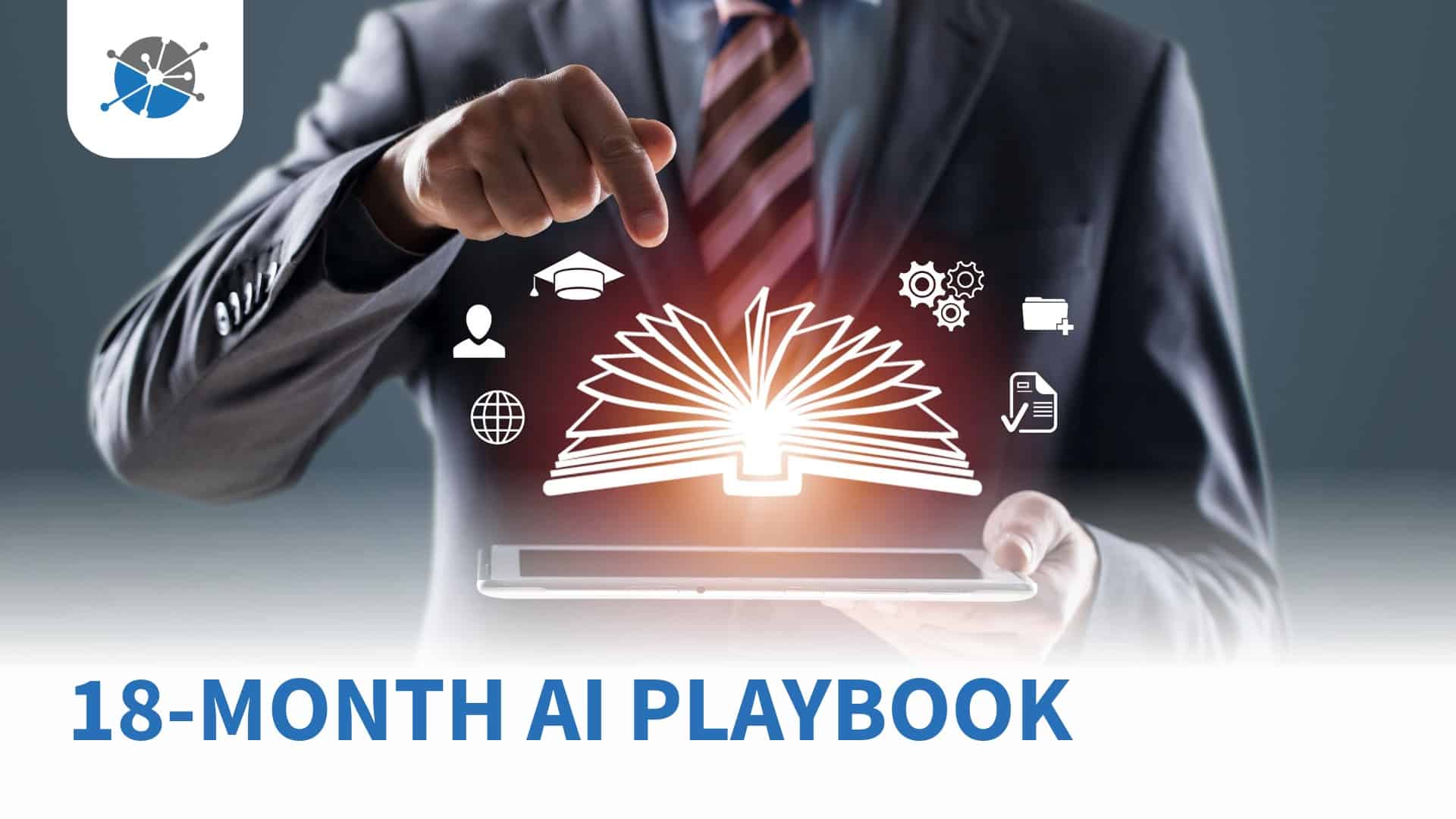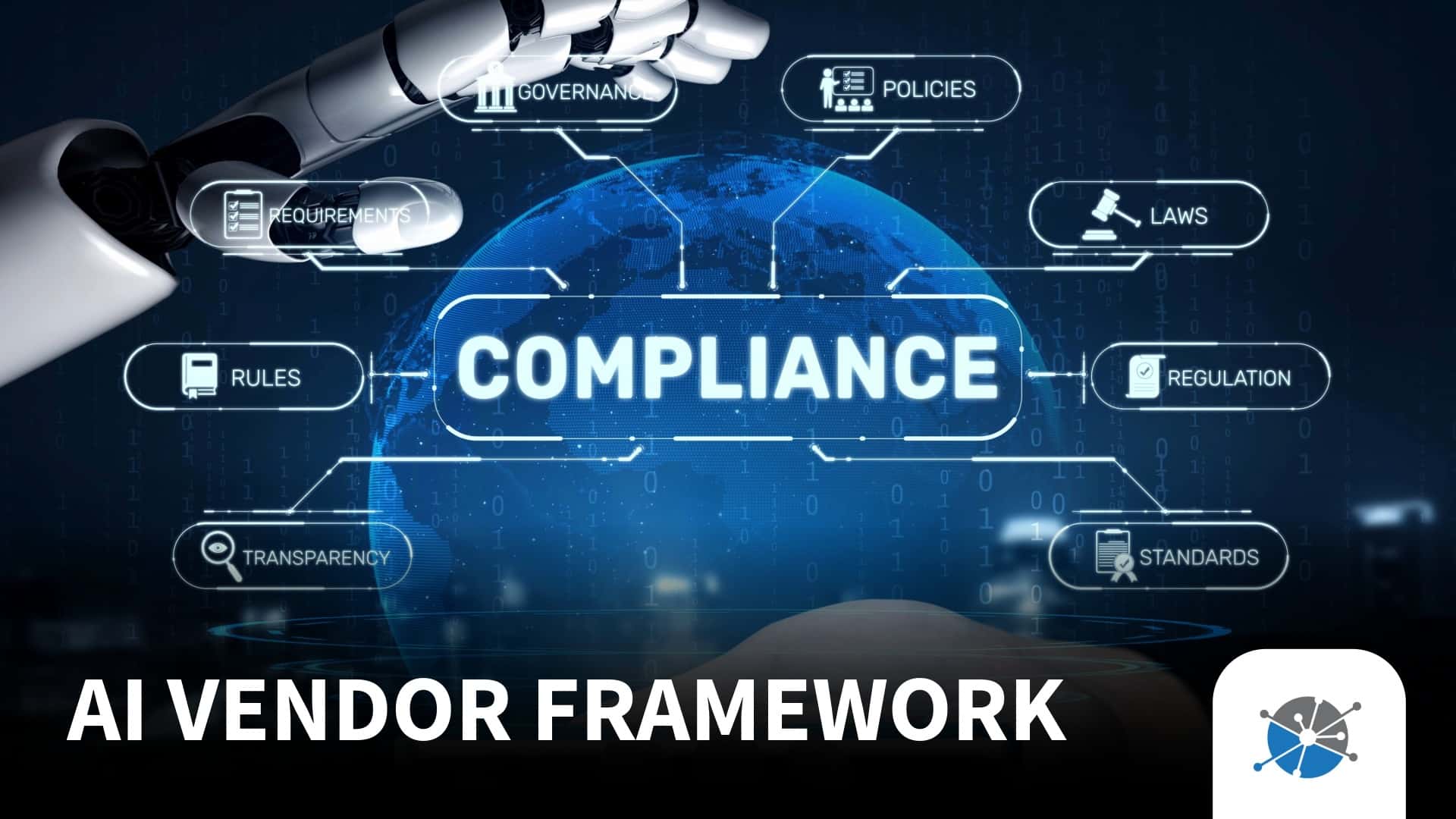
The 6 Use Cases for AI in Debt Collection
Artificial intelligence (AI) transforms debt collection, creating opportunities to work smarter, not harder. From analyzing data to improving compliance, AI allows organizations to recover debts more effectively while reducing costs. Debt collection agencies, law firms, and service providers can now use AI to solve challenges that once required tedious manual effort.
This guide explores six real-world AI use cases that help streamline operations, enhance compliance, and better engage with consumers. Whether you’re just starting with AI or looking to refine your approach, these use cases show how AI can bring immediate value to your organization.
1. Scoring and Treatment
AI can analyze data to predict consumer behavior. Scoring systems powered by AI help agencies and firms prioritize accounts and determine the most effective strategies for each one.
How it works:
AI systems process historical data to identify patterns in consumer behavior. By analyzing this information, AI tools predict how consumers will likely respond to collection efforts. They assign scores to accounts, helping teams focus on those most likely to pay or those needing special attention.
For example, an AI model might analyze factors like payment history, communication patterns, or even how quickly a consumer responds to emails or texts. Based on this, the system might recommend:
- Prioritizing high-probability accounts for immediate outreach.
- Using email for one group of consumers while sending text messages to another.
- Escalating certain accounts for litigation based on specific behaviors.
Benefits:
AI-based scoring eliminates guesswork and reduces wasted effort. Instead of treating every account similarly, agencies can apply strategies specific to each situation. This targeted approach improves recovery rates while using fewer resources.
Key challenge:
AI prediction accuracy depends on the data quality. Agencies need structured, detailed records to get the most out of AI scoring systems. Those with fragmented or outdated data may struggle to see results right away.
2. Data Sourcing and Appending
AI helps organizations quickly fill gaps in consumer data. Instead of relying on manual searches or outdated processes, AI tools locate missing information and provide a more complete picture of each account.
What AI can do:
- Find missing data: AI systems search databases to uncover updated contact details like phone numbers, email addresses, and home addresses.
- Identify assets: For legal recovery or high-value accounts, AI tools locate assets such as property or bank accounts.
- Blend internal and external data: AI combines information from your system with external sources, ensuring you have a detailed view of each account.
Why it matters:
Missing or outdated data slows down the recovery process. AI tools solve this problem by automating searches that would otherwise take hours. For example, a law firm handling distressed assets might use AI to locate bank accounts or other resources consumers could use to settle their debts.
By saving time and increasing accuracy, AI allows teams to focus on more complex tasks, like negotiating settlements or preparing for litigation.
3. Chat and Written Communication
Consumers prefer fast, convenient communication. AI improves engagement by powering chatbots and drafting written communications, making it easier to connect with consumers in ways they prefer.
AI-powered chatbots:
AI chatbots guide consumers through self-service portals, answering questions, processing payments, and setting up payment plans. Unlike static forms, these virtual agents provide personalized assistance, creating a more human-like experience.
For example, a consumer visiting a portal might interact with a chatbot that helps them:
- Review account details.
- Explore payment plan options.
- Make a payment on the spot.
Generative AI for written communication:
AI tools draft emails, letters, and other written communications. These tools ensure consistency and adapt messaging to each consumer’s behavior. Imagine an agency sending follow-up emails after missed payments. Instead of manually writing each email, an AI system could write customized messages for hundreds of consumers in minutes.
AI-driven communication saves time and reduces human error. It also aligns with modern consumer expectations, especially among younger generations who prefer digital channels over phone calls.
4. Voice Communication
AI adds value to phone calls by assisting agents and automating simple interactions. These tools improve efficiency and ensure compliance during every conversation.
AI in action:
- Agent assistance: AI systems can listen to real-time calls, providing agents with prompts or suggestions. For example, an AI tool might remind an agent to deliver a required disclosure or recommend a response to a consumer’s question.
- Automated conversations: For simple tasks like payment verification or account updates, AI-powered voice systems can handle the entire interaction without human involvement.
- Compliance monitoring: AI can flag potential compliance issues during calls, such as missing disclosures or incorrect language.
Where it stands today:
Voice AI adoption in debt collection has been slower than chat or written communication tools. The stakes are higher for phone calls, where mistakes can lead to regulatory issues. However, as the technology becomes more reliable, voice AI has the potential to transform the industry.
5. Quality and Compliance
Compliance is one of the biggest challenges in debt collection. With AI, agencies can review every interaction—something impossible with traditional manual processes.
- Call monitoring: AI systems analyze 100% of recorded calls, identifying potential compliance risks.
- Targeted reviews: Instead of randomly selecting calls for review, agencies focus on the interactions flagged by AI.
- Training and coaching: AI highlights trends in agent behavior, helping managers identify areas for improvement.
Before AI, agencies could only review a small sample of interactions, leaving them vulnerable to undetected compliance issues. Now, AI ensures every call, email, or chat meets regulatory standards, reducing risk and improving oversight.
6. Negotiation and Self-Service Solutions
AI empowers consumers by enabling self-service options that handle negotiations in real-time. These tools allow consumers to resolve accounts themselves, reducing the need for live agents.
How AI enhances self-service:
- Real-Time negotiations: AI systems let consumers negotiate payment plans or settlements directly through online portals.
- Instant approvals: AI evaluates offers and approves those meeting predefined criteria, speeding up the process.
- Always available: Consumers can access these tools 24/7, increasing engagement and satisfaction.
- Accessible options: AI platforms adapt to diverse consumer needs by offering multilingual support, assistive technology integration, and clear step-by-step guidance.
Why it’s critical now:
With account volumes rising, agencies must handle more work with fewer resources. AI-powered self-service tools provide a scalable solution, allowing agencies to recover more while reducing costs. These tools also cater to younger consumers, who prefer digital solutions over phone calls or in-person interactions.
Conclusion: Debt Collection AI Helps You Stay Ahead
AI offers practical solutions for some of the biggest challenges in debt collection. From scoring and compliance to negotiation and communication, these tools help organizations recover debts more efficiently while meeting consumer expectations.
Now is the time to explore what AI can do for your business. Start by identifying one or two areas where AI could make the biggest impact, such as compliance monitoring or chat automation. Once you see results, expand your use of AI to other areas.
For more insights on leveraging debt collection AI, tune into the AI Hub Podcast sponsored by Laitude by Genesys, launching in early 2025 on Receivables Info. Each episode will dive deeper into these use cases, offering actionable advice and real-world examples to help you unlock the full potential of AI.
About Latitude by Genesys
Latitude by Genesys® provides the complete answer to all accounts receivables challenges— from day one delinquency through charge-off and debt sale. By bridging creditors’ servicing platform with Latitude, all the necessary information—current and historic—is available. This leads to a better customer experience, improved recovery rates and increased agent effectiveness. It provides collectors and agents with the tools to manage the debt collection and recovery process and provides full functionality for the collector’s or agent’s desktop and deploys as a true zero-footprint, browser-based environment.
Since 1996, Latitude’s focus has been to provide the most forward-thinking, attractive solution to the business needs of different people and companies in the accounts receivable management (ARM) space. Acquired by Genesys in 2016, Latitude is continually growing, innovating, and reshaping the technology expectations and customer experiences of ARM companies and their consumers. Latitude by Genesys is a standalone product that integrates with the Genesys Cloud™, PureConnect™ and Genesys™ platforms.







